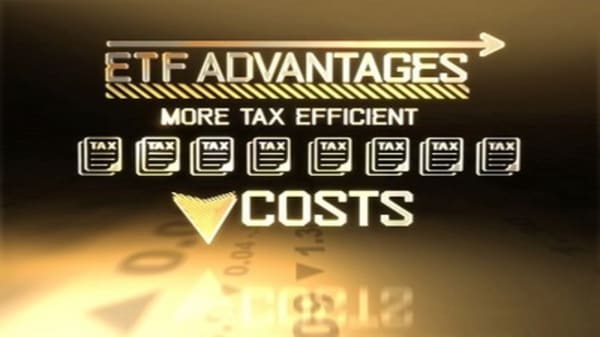HOLLYWOOD, Fla. - Reciting the benefits of exchange-traded funds has become so routine that it's gotten easy to forget the drawbacks.
Ease of trade, low cost, transparency, versatility and tax efficiency are well-known pluses on the side of ETFs that most any investing pro can name.
But those who think it's easy money to just start picking funds and putting a portfolio together could get stung if they don't fully understand what they're buying.
"ETFs look like they are very easy," said Tom Lydon, editor and publisher at ETF Trends, an online industry publication. "It's gotten very complicated trying to understand these strategies."
(Read More: ETFs Turn 20: So Where Do We Go From Here?)
Lydon spoke at the Inside ETFs conference presented by Index Universe, where more than 1,000 industry pros gather this week to learn more about the 20-year-old industry.
He was part of a group that explored the basics of ETFs and the funds' many benefits. In addition to the above-cited assets, the funds are composed like mutual funds and follow indexes, but trade like stocks so they are more liquid.
They've attracted huge flows of investor money, and with that some who will leap without looking.
Some examples: Funds that track the emerging market BRIC countries - Brazil, Russia, India and China - might sound like they would perform the same but often have different weightings of the respective regions.
Even plain-vanilla funds that simply follow the Standard & Poor's 500 can use different criteria for how different stocks are weighted within the fund, causing disparate results.
"Most ETFs trade in line with fair price, but that can get out of whack," said Matt Hougan, global head of editorial and president at ETF Analytics, Index Universe. "It's actually worth it to dig under the surface."
(Read More: Why ETFs Are the Most Important Development for Investors in Decades)





